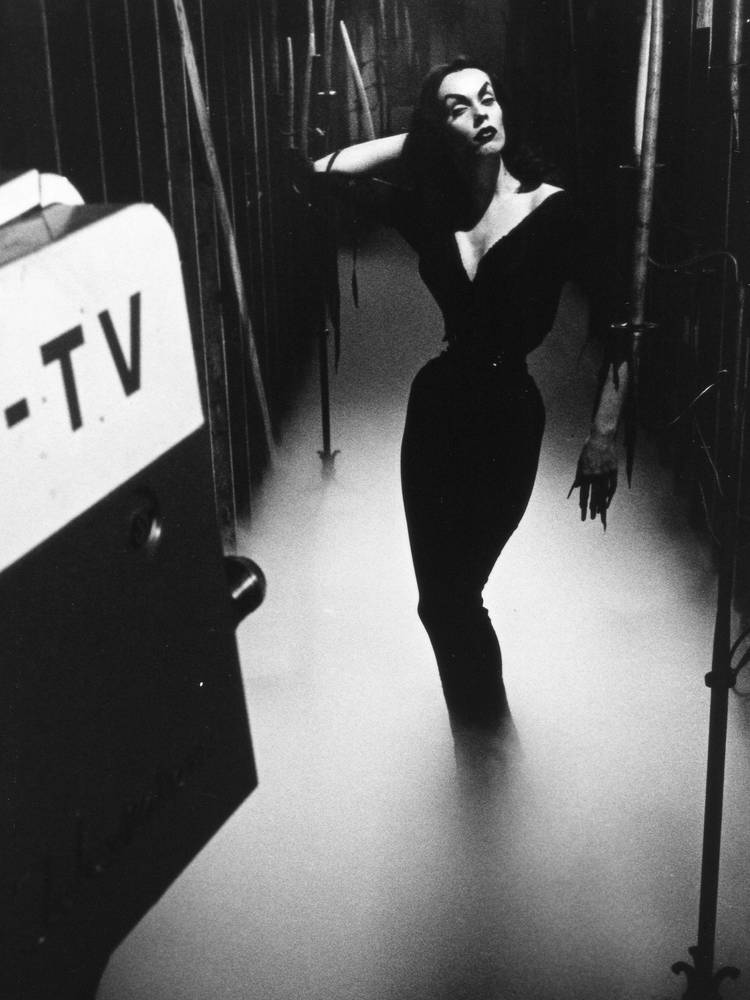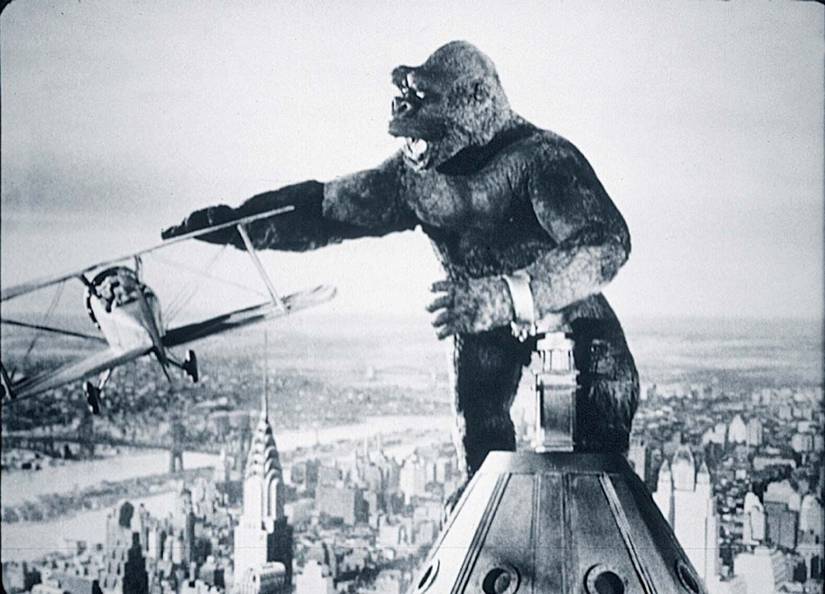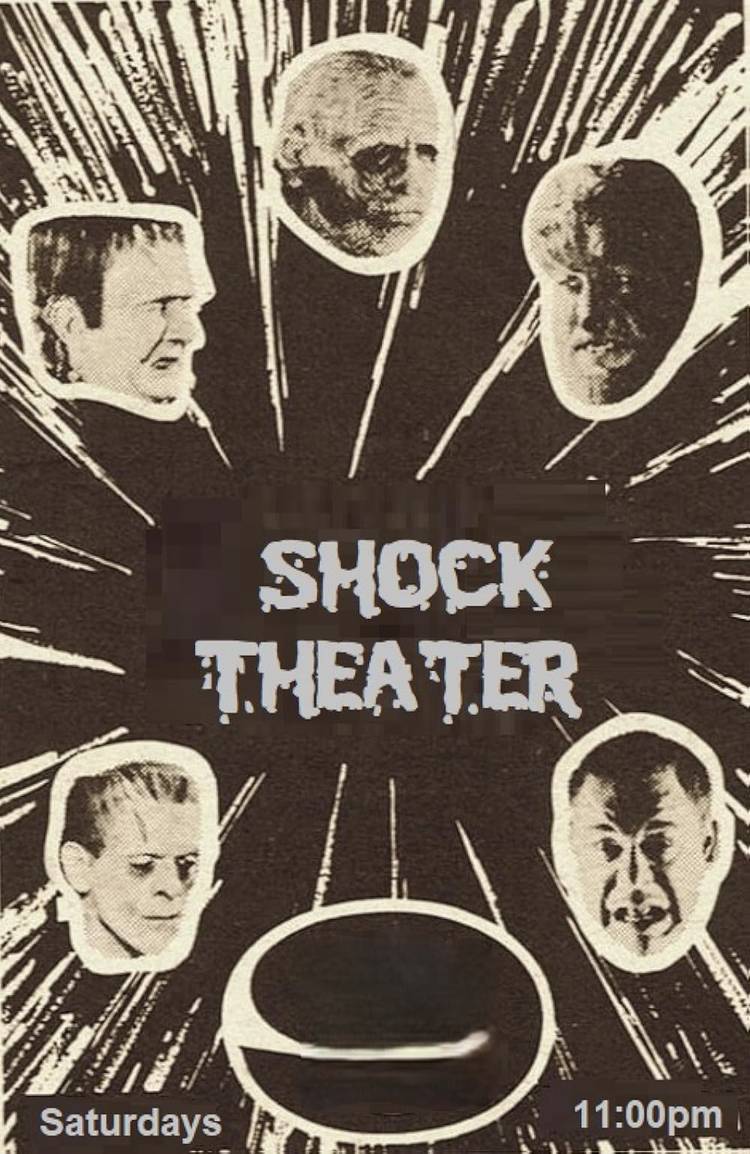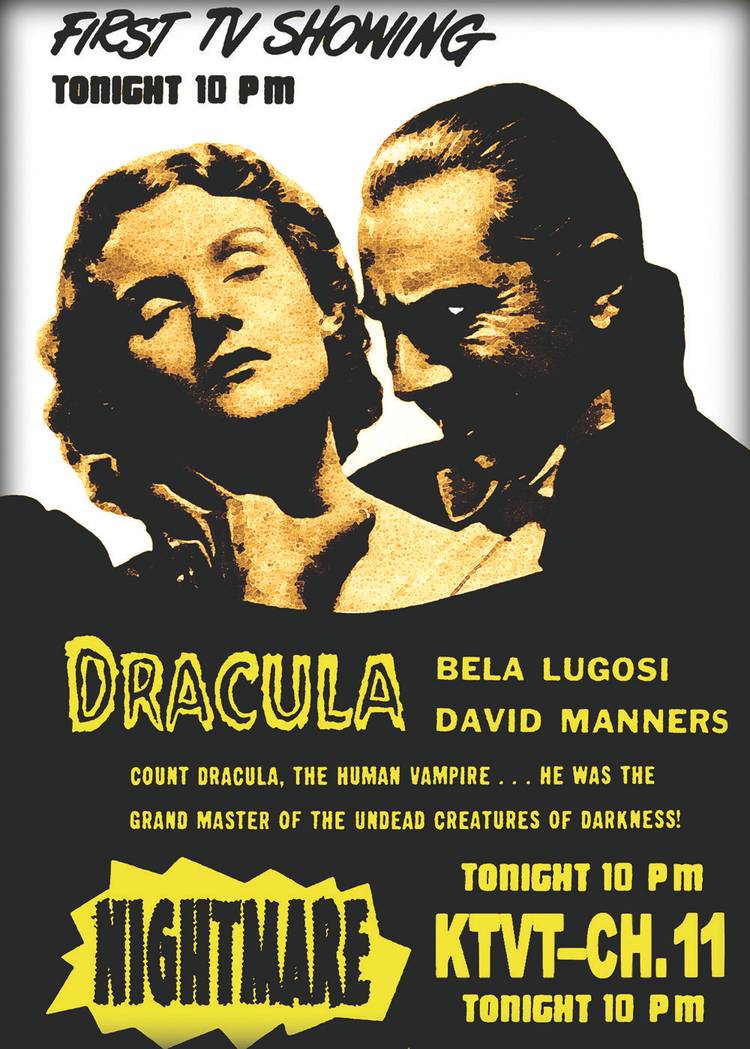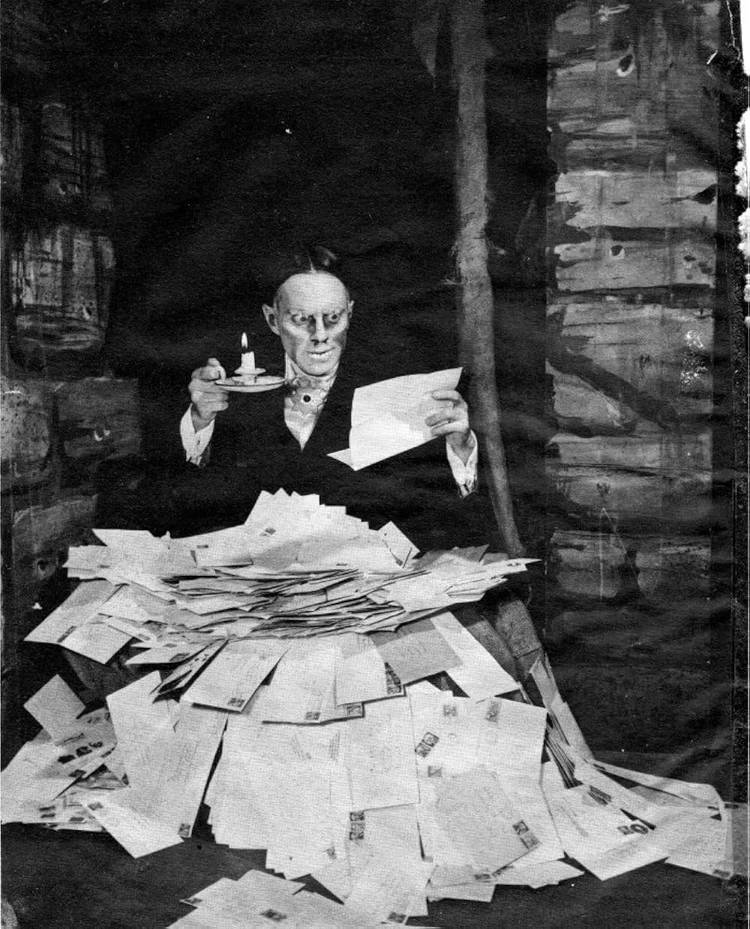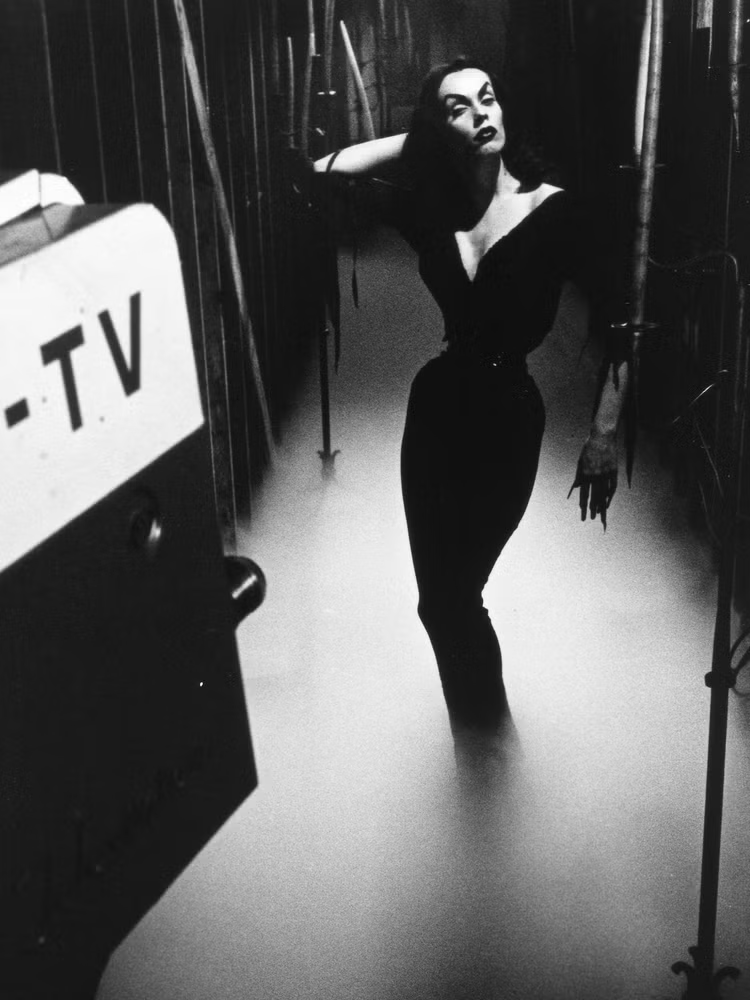
FILM CAPTION: Universal Monsters became a media sensation thanks to a television syndication package
As I’ve written in the past, something you may have heard over the years is that Gone with the Wind is one of the most successful cinematic releases of all time (adjusted for inflation). However, it is important to note that the reason it sold SO many tickets over the years was not because it was a huge success when it was released in 1939 (even though it was a huge hit when it was first released). No, you see, the way movies worked back then was that obviously there weren’t any big movies on television at the time. There was no cable. There was no VHS. There were no DVDs. If you wanted to see a major film, you had to go to the theater and see it. So big films like Gone with the Wind (with its infamous use of the word “damn”) would simply be re-released in theaters every few years, and they would make a lot more money each time. Gone with the Wind was a box office staple throughout the 1950s and 1960s.
The problem, of course, was that if you weren’t a major release, you pretty much disappeared from public consciousness after being out of the public eye for a decade or so. So many films fell into the public domain precisely because no one was interested in them in those days when films weren’t really shown on television, but also weren’t considered important enough to be re-released (It’s a wonderful lifefor example, only became a Christmas classic when it entered the public domain and could be broadcast repeatedly on all television channels. Ultimately, the studio resorted to a clever trick to get the copyright back). That was the problem with Universal Pictures’ group of monster movies from the 1930s. They were all successful films when they came out, but by the 1950s the original films were mostly… not FORGOTTEN (there had been more recent comedy team-ups in the 1940s, like Abbott and Costello meet Frankenstein)but certainly greatly forgotten. Fortunately, a TV package changed everything!
What was the biggest change for horror fans?
On television in the early 1950s you could watch old movies, but they had to be very old movies, and they were usually low-budget movies. However, there were horror films on television, and some television channels regularly broadcast horror films. There were even a few horror movie hosts for these shows, like Vampira…
However, again, we’re talking about lesser-known films, and regular shows hosted by horror hosts like Vampira weren’t common. But the big change came when King Kong made its television debut in 1956. It was to be broadcast on a few local channels…
However, after debuting on a few stations, it was such a success that RKO quickly changed its mind. Instead of airing it as planned on more local television stations, RKO aired it theatrically again. However, in 1957 the series returned to local television and once again it was a HUGE success. It proved to everyone that there was a lot of money to be made on local television with horror films.
Screen Gems, the television production subsidiary of Columbia Pictures, therefore had the idea of producing a set of films. He bought the rights to 52 Universal horror films (enough for a film to be released once a week all year), dubbed them Shock theaterand offered it to local television stations in October 1957.
Almost every local station bought the rights, so no matter what part of the country you lived in, you were suddenly exposed to lots of horror films, and now characters like Bela Lugosi’s Dracula and Boris Karloff’s Frankenstein’s Monster were now household names.
Here are the films broadcast as part of Shock Theater:
- Dracula (1931)
- Frankenstein (1931)
- Murders in the Rue Morgue (1932)
- The Mummy (1932)
- The secret of the blue room (1933)
- The invisible man (1933)
- The black cat (1934)
- Secret of the Castle (1934)
- The Mystery of Edwin Drood (1935)
- The Raven (1935)
- The great imitation (1935)
- Werewolf of London (1935)
- The Chinatown team (1935)
- The invisible ray (1936)
- Dracula’s Daughter (1936)
- Night key (1937)
- The man who cried wolf (1937)
- Reported missing! (1937)
- The spy network (1938)
- The final warning (1938)
- Son of Frankenstein (1939)
- Mystery of the clean room (1939)
- The indicator disappears (1939)
- The invisible man returns (1940)
- Enemy agent (1940)
- Mother’s hand (1940)
- Artificial monster (1941)
- A dangerous game (1941)
- Horror Island (1941)
- Sealed lips (1942)
- The Wolf Man (1941)
- The Mad Doctor of Market Street (1942)
- The Strange Case of Doctor Rx (1942)
- Night Monster (1942)
- The mystery of Marie Roget (1942)
- The Mummy’s Tomb (1942)
- Nightmare (1942)
- Destination unknown (1942)
- Frankenstein Meets the Wolfman (1943)
- The mad ghoul (1943)
- Son of Dracula (1943)
- Call Dr. Death (1943)
- The Mummy’s Ghost (1944)
- Weird woman (1944)
- The eyes of the dead (1944)
- The frozen ghost (1945)
- Death Pillow (1945)
- House of Horrors (1946)
- Wolf of London (1946)
- The Spider Woman Strikes Back (1946)
- The cat crawls (1946)
- Woman in danger (1946)
Since then, Universal Monsters have never ceased to be part of popular culture.
What other impact has Shock Theater had?
Shock theater was so popular that TV networks had to decide HOW to present the films.
Most TV channels have decided to make horror TV hosts, like Zacherly on the loose in New York….
These horror hosts all became huge local celebrities and, once again, these shows were HUGE local hits. But more importantly, for the sake of this legend, the Universal Monsters have now become an ingrained part of popular culture.
The legend is…
STATUS: TRUE
Be sure to check my Movie Legends Revealed archives for more urban legends about the world of cinema. Click here for captions specifically about horror films.
Please feel free (hell, I beg you!) to write to us with your suggestions for future installments! My email address is brian@poprefs.com
